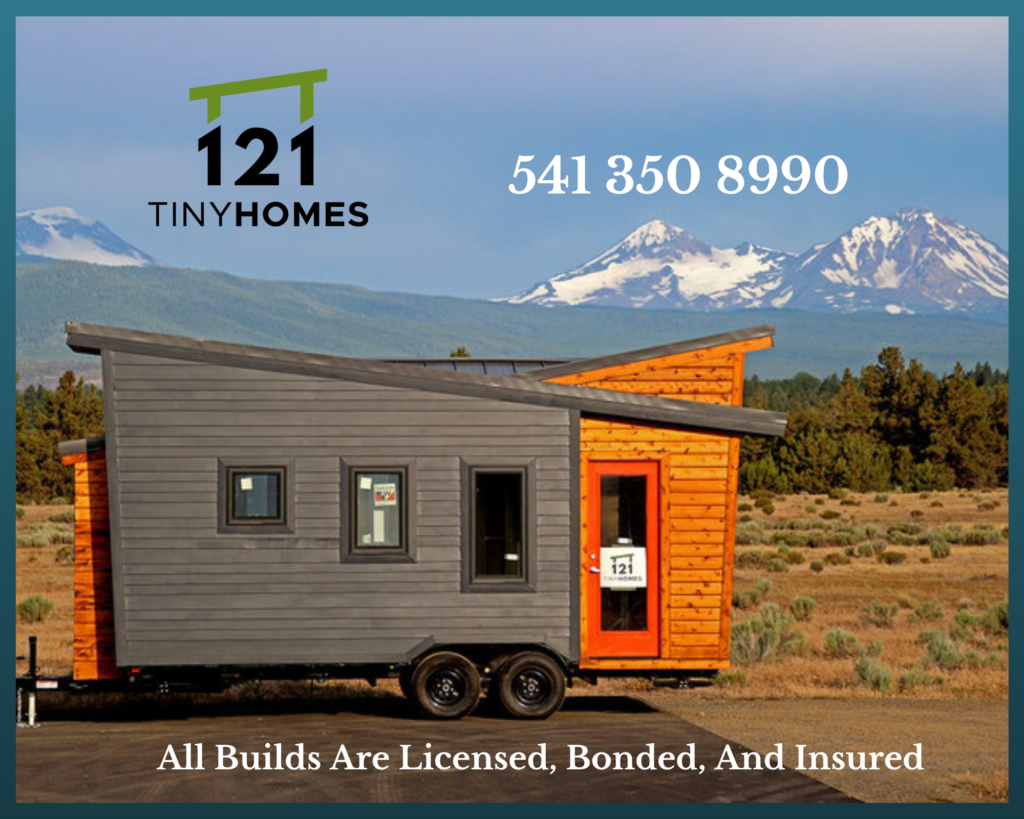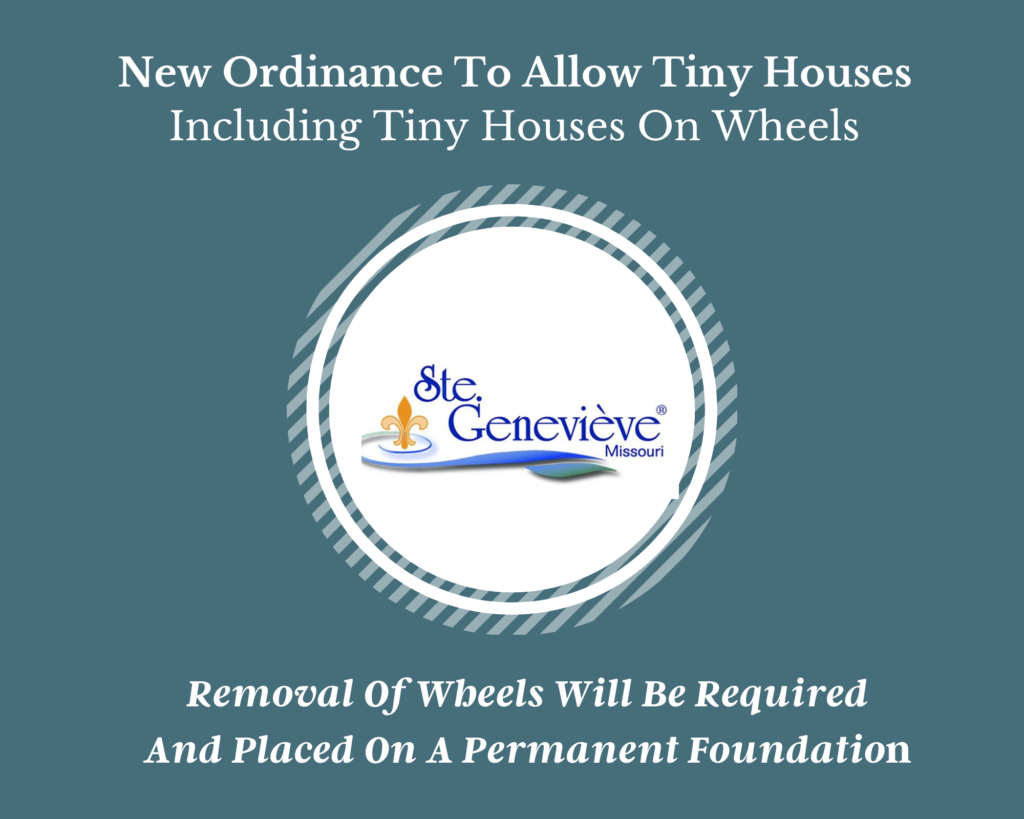Planning A Zoning Commission Approve Amendment 4 to 0
Ste. Genevieve Planning and Zoning Commission members agreed on an amended ordinance to propose to the board of aldermen last Thursday night, regarding “tiny homes.”
David Bova, community development administrator, submitted an ordinance for their consideration. After some 30 minutes of discussion, the commission voted 4-0 to recommend an amended version to the aldermen.
The city is defining “tiny homes” as structures of 200 to 500 square feet. They may be built on site or prefabricated. Many come on wheels, similar to mobile homes. Like mobile homes, though, city codes require that the wheels be removed and they be placed on a foundation.
Tiny homes can be sought through a Planned Unit Development or through a Community Unit Plan special use permit.
Bova noted that tiny homes are already covered in the city’s housing code, but that the current requirement of 6,500-8,000 square feet per lot would probably hamper the growth of tiny homes.
“If you’re a minimalist and you want a small home and you want a small lot, these don’t necessarily lend themselves to that possibility,” Bova said. “So, looking at some other communities that have allowed this, looking at our community and how it could fit, what I came up with was an overlay zone.”
An overlay zone could cover mobile home parks or any zone in which residential use is allowed, with a four-acre lot or larger.
Bova said they do not want a minimalist to put a tiny home among $300,000-$500,000 homes. One of the main concerns is the potential drop in neighborhood property values.
Commission member Carl Kinsky asked whether each subdivision had its own restrictions or Home Owners Associations. Bova said that Valle Springs is the only subdivision that does.
Commission member Gina Bryant took an alternative view on tiny homes’ affect on property values.
“When you put affordable housing in communities, it keeps the property taxes lower and allows older people to stay in their homes longer because if the values of the houses keep going up and the property tax go up and then older people can’t stay in their homes as long,” she said.
Kinsky had a concern that the proposed ordinance suggested that dormers, skylights and other decorative items be considered, to avoid a “cookie cutter” appearance. He said he feared it might scare off potential applicants if they thought some or all of the items might be required. It was agreed that it be made clear that these are merely suggestions that could help tiny hoe occupants enjoy the homes more and stay longer.
Kinsky suggested that if tiny homes really catch on, the issue could be revisited.
Bova pointed out that applicants would still have to come through the commission.
Kinsky also asked Bova to reiterate how a small house in the back yard of a larger house can be done.
“If there is already a primary residence and you want to put a tiny home in your back yard that’s caked an accessory dwelling,” Bova said. He noted that these are already allowed in the city code, as are tiny homes.
The only caveat would be that only a certain percentage of the lot could be covered.
“If you have a shed and have detached garage, you may not be able to do it,” Bova said.
Kinsky asked whether an accessory dwelling could be rented out. Bova said it could.
It could not be used as guest lodging, though, unless a special use permit was obtained.
Bova reminded the members that the ordinance “doesn’t allow tiny homes to go in anywhere.”
“It guides the to certain locations,” he said as well as having to go through the planning and zoning commission.
HOME OCCUPATIONS ORDINANCE
With the growing number of in-home businesses, the Missouri legislature has passed new statutes, giving municipalities less control over regulating them.
The new ordinance will bring the city into compliance with the new statutes.
“What we’ve done is draft an ordinance that basically allows home occupation within an R-1 District,” Bova said, and then R-2 already allows what’s within an R-1.”
Ordinance Tiny Home Overlay Zone
Tiny House Alliance USA Editor
Janet Thome Founder And President
Feb. 17, 2023
The Future Of Tiny Is Now!
ja***@******************sa.org


